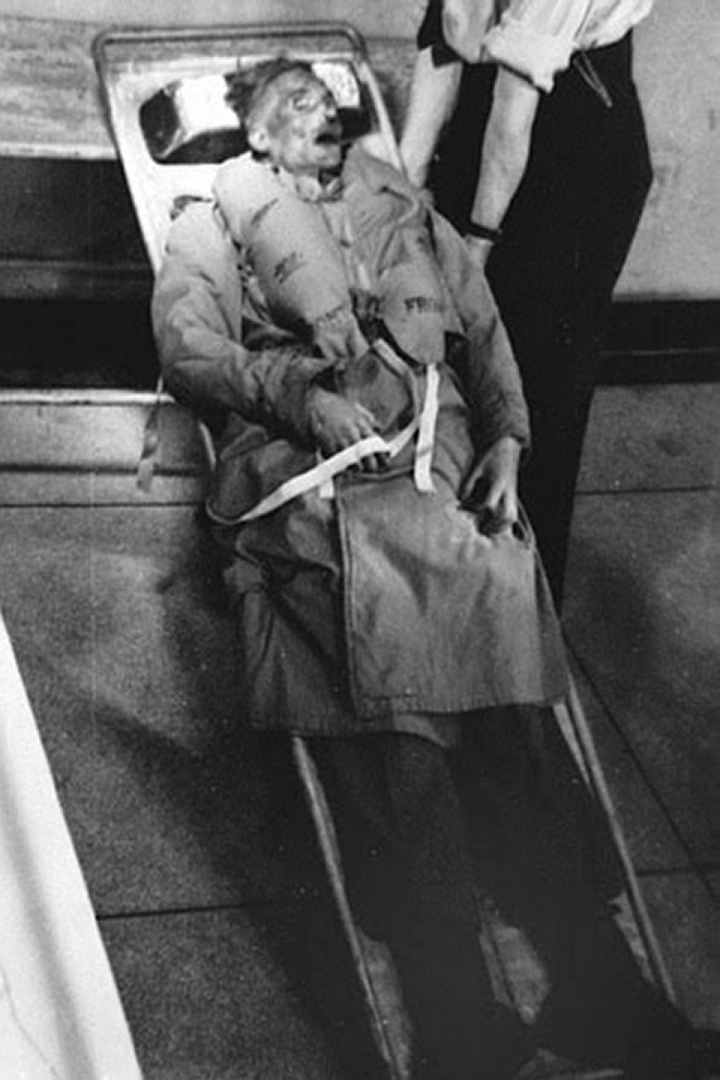Major William Martin
How a body washed up in Huelva turned the course of the Second World War
What would prove to be a major turning point in the Second World War came after a local fisherman found a corpse floating in the water off Punta Umbría, Huelva province, on April 30 1943. The body was carrying an identity card in the name of the British officer Major William Martin, of the Royal Marines.

Corpse of "William Martin", prepared for release into the water
https://www.nationalarchives.gov.uk/
Chained to the dead man’s wrist was a briefcase containing secret documents which convinced the Germans that the Allies planned to invade Greece, when Sicily was their real target.
It was assumed that Major William Martin was a military courier who had been killed in a plane crash and he was buried with full military honours in a Huelva cemetery. The fake documents led Hitler to send reinforcements to Greece and the Allies invaded Sicily, where they suffered relatively low casualties.
The deception was originally the suggestion of the man who would later create the world’s most famous secret agent, the British naval intelligence officer, Ian Fleming. Intelligence officers Charles Cholmondeley and Ewen Montagu developed his idea into ‘Operation Mincemeat’, inventing an entirely new identity for the body of a tramp who had been found dead in London after taking rat poison.
He was a Welshman named Glyndwr Michael, who then became Captain (Acting Major) William Martin, Royal Marines, born in Cardiff in 1907. His fake identity included fictitious love letters from his fiancée, written by the British secret service, tickets stubs and bills, and an identity card. There was also a letter marked ‘PERSONAL AND MOST SECRET’, identifying Greece as the Allied forces’ target for invasion.
Glyndwr Michael’s body was kept on ice in a London mortuary before being taken by submarine to the southern coast of Spain, where, after a short funeral service, was set adrift in the sea. The body was soon discovered and Major Martin was buried the next day. The ruse was seen to have worked after photographs of the documents he was carrying made their way to German high command, and the Operation Mincemeat team sent off a telegram to Churchill: ‘Mincemeat swallowed rod, line and sinker’.
Ewen Montagu revealed the first details about the operation in his 1953 book, ‘The Man Who Never Was’, which formed the basis for the 1955 film of the same name.
It was not until 1996 that an amateur historian suggested that Major William Martin’s true identity was Glyndwr Michael from Aberbargoed. The identification was confirmed by the Ministry of Defence in January 2010.
William Martin’s gravestone in Huelva cemetery now bears the inscription, ‘Glyndwr Michael served as Major William Martin, RM’
